Transform Rural India (TRI) and Development Intelligence Unit (DIU), in a joint effort, published a report titled State of Healthcare in Rural India 2024: Neighbourhoods of Care earlier this month.
The survey also found that 40% of respondents aged 18–25 felt anxiety and worry, and that this number increased (53%) for the older respondents.
Amongst other things, the report found that 45% of respondents across genders and age groups reported feeling anxious and worried quite often. The survey also found that 40% of respondents aged 18–25 felt anxiety and worry, and that this number increased (53%) for the older respondents.
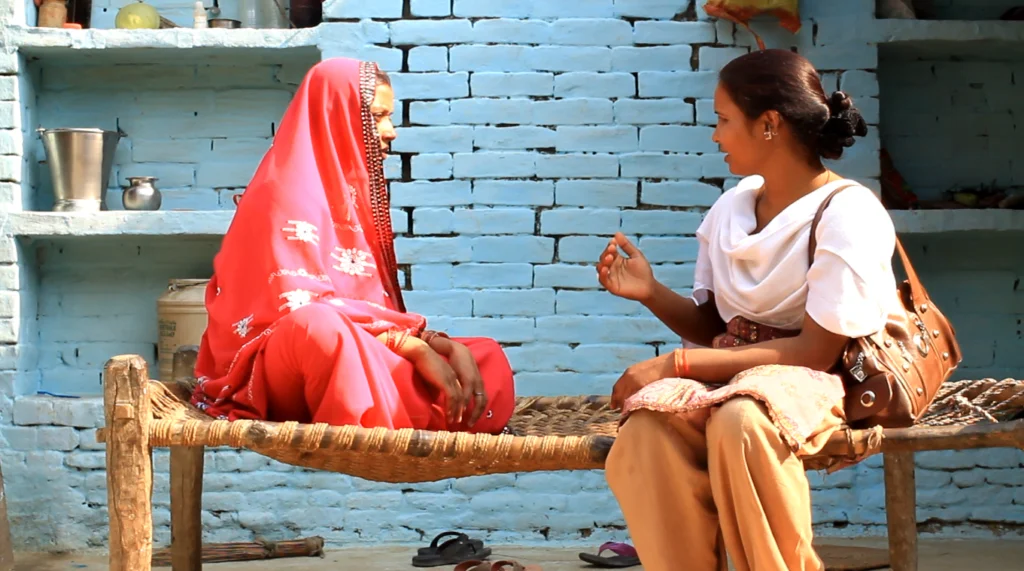
It is true that the prevalence of mental health disorders has risen in recent years. The National Mental Health Survey (NMHS) conducted in 2016 seems to be one of the most resent assessments conducted about the state of mental health in India. The NMHS estimated that 3.5% of India’s population suffered from some form of anxiety disorder. The survey also found that this was this highest among people aged 18-29. The survey also found that people living in urban areas were more likely to be affected by anxiety disorders than people living in rural areas. A study conducted by Lancet in 2021 reported a 35% increase in anxiety disorders in India during the pandemic. In such a situation, the findings made TRI make it seem like the anxiety is contagious.
An examination of the socio-political context in India
We don’t know the individual realities of these respondents or the context they come from; however, what we do know is that the Indian economy has become increasingly difficult to live in in the last few years. The pandemic may have exacerbated the strain of the economy on our lives, but it has been a steadily increasing strain that is felt when one goes out to buy groceries and realises that we are getting less for the amounts we are used to spending and that in order to meet our needs, we need to spend more.
Out of the 5389 households that were surveyed for the purpose of this study, 43.5% of the households received their chief income from farming, and 21% were daily wage laborers. 14.2% of the people were involved in either a part-time or full-time job, 9.4% in vocational trading, and 7% of them were business owners.
According to the Centre for Monitoring Indian Economy (CMIE), unemployment rates in rural India have increased from 5.3% in July 2019 to 7.1% in 2021. Data from the National Sample Survey Organisation (NSSO) shows that the average monthly income from agriculture for a household in rural India was INR 10,218. When adjusted for inflation, the real income growth from agriculture has been minimal. The Ministry of Rural Development reported that over 7 crore households demanded work under MGNREGA in 2021-2022, which denotes a significant demand for work in the last few years. All India Manufacturers Organisation also indicates that 35% of MSMEs in rural areas had to shut down during the pandemic due to lockdowns and supply chain disruptions. While there has been a slow recovery, it has also been uneven.
The Ministry of Rural Development reported that over 7 crore households demanded work under MGNREGA in 2021-2022, which denotes a significant demand for work in the last few years.
All three sectors have also been impacted by fluctuations in crop prices and cost of raw materials, the changing weather patterns, changes in policies such as the 2020 farm laws (which have since been shelved), low consumer demand, changes in supply chain processes, and difficulties that come with a reduced cash flow, subsequently impacting the income earned from these activities as well.
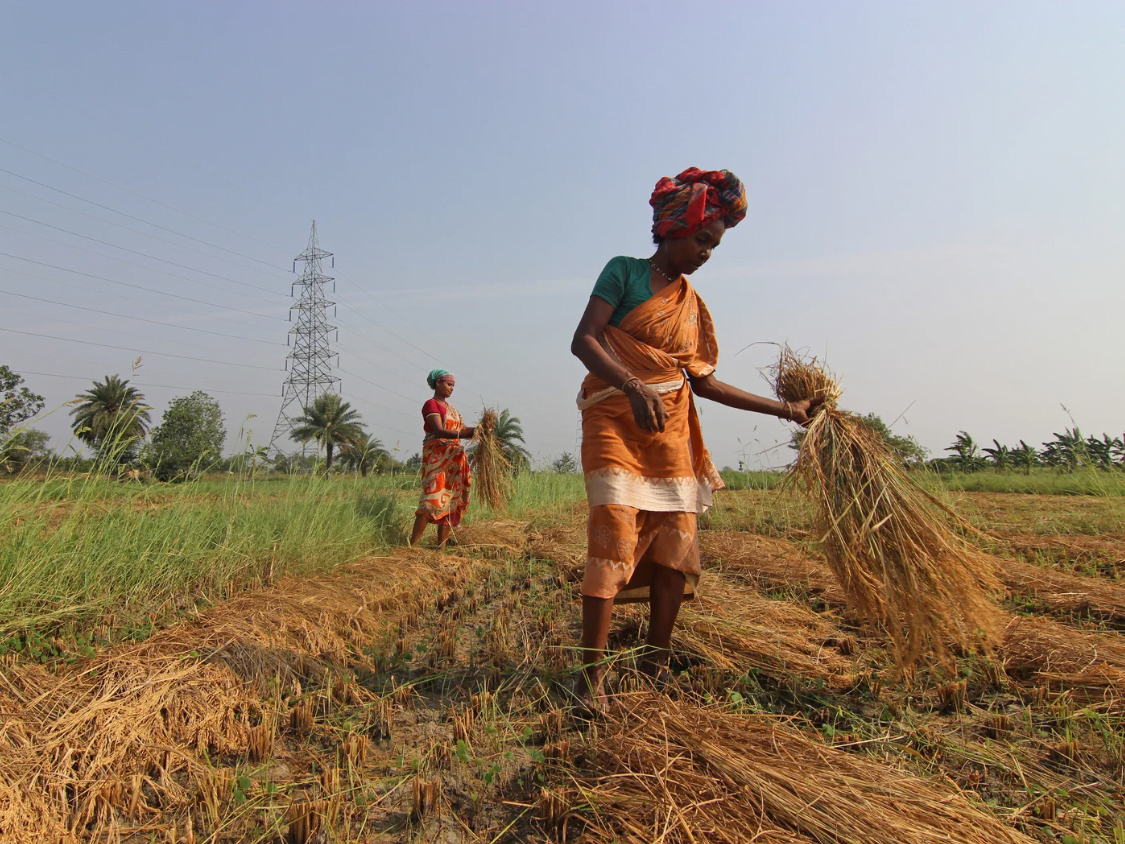
While we don’t know the individual stories behind these numbers, they seem to suggest fluctuating incomes, changes in spending habits, and many more consequences. All becoming sources of anxiety and worry about one’s family, meeting familial needs, and so on.
In the face of an increasingly unstable economy, there has been an increase in migration to urban areas. Data from CMIE shows that between 2018 and 2021, rural to urban migration rates have increased. Migration to new places brings with it its own stressors from being able to secure stable and dignified employment, housing, health care, and access to basic services all while being away from one’s kin and community. A move that is already driven by anxiety and duress could be a source for even more anxiety and distress, both for the person who moves away and for their family, adding to the cycle of anxiety.
The sample achieved by the TRI report saw 52% of male respondents and 47.5% female respondents. The survey also saw a mix of families with pregnant women, infants in need of care, and elderly individuals, and at least half of the households had at least one member in need of constant care or support. It was also found that people in need of constant care and support preferred the care of family members and that caregivers were predominantly female.
It was also found that people in need of constant care and support preferred the care of family members and that caregivers were predominantly female.
Stress, anxiety, and worry can also be attributed to the roles each person plays in each family. One ought to look at the gendered nature of caregiving and ask questions about how the lack of infrastructure has impacted women, who hold a major share of the caregiving responsibilities. One also ought to ask how elder members of the family have been affected by the strains in the economy and the strains in family finances.
How are young men in rural India impacted by the pressure to contribute and hold the family financially? How are young women responding to this change? Do they aspire to go out and work? Are they finding themselves in situations where they need to leave their families and work? How does this (if at all) all clash with traditional notions and practices that young women are expected to follow? And of course, one cannot forget the fact that violence against women is commonplace in our society. One can find probable and very legitimate causes for anxiety, worry, and stress in each one of these situations.
The majority of the households surveyed for the purpose of this report belonged to the OBC category, followed by scheduled cases and then the general category. Scheduled tribes saw the lowest representation (15%) in the report.
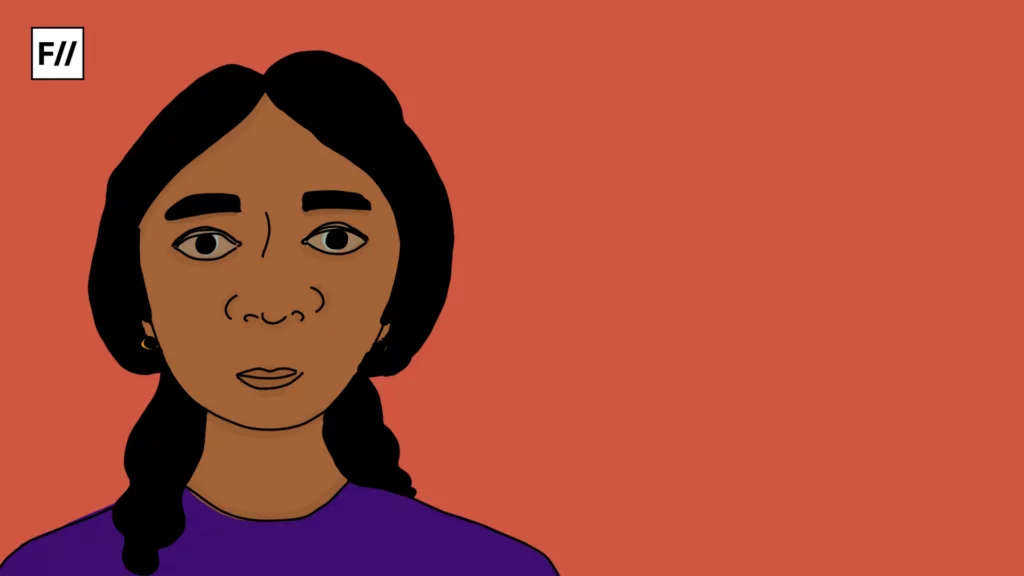
While these households have been reported to be located in homogenous communities, they are not immune from the rapid and violent socio-political changes that have been happening in India. Since 2014, there has been an increase in violence against scheduled castes and tribes. In 2020 alone, over 50,000 crimes against SCs were reported, with the highest number of instances being from Uttar Pradesh, Bihar, and Rajasthan. Intercaste conflicts have also been reported in Tamil Nadu and Maharashtra.
India has also seen rising religious polarisation. Policies such as the Citizenship Amendment Act, the implementation of the National Register of Citizens, and the anti-conversion laws have resulted in a sharp drawing and reiteration of communal lines. All of this, along with the consistent dehumanising of the Muslim community, increased cases of lynching, and provocative religious processions, creates a climate of fear and anxiety in the country, especially when it threatens one’s existence.
Why this report is important
When it comes to matters of finances, matters of gender, and one’s caste in rural India, the idea that one might be struggling, the idea that one might need more help, comes with a lot of shame—at not being able to achieve the ideal, the worthy. So, then, while we are all impacted by the changes in our county, we fail to talk to one another about it.
The report looks into the extent of social bonding in each one of these communities, and it was found that most were involved in or were a part of various groups in the communities.
The report looks into the extent of social bonding in each one of these communities, and it was found that most were involved in or were a part of various groups in the communities. The report also showed a preference for caregiving from family members over outsiders. It seems like families are burdened with the growing needs of their families but are unable to take up very little space or seek support.
In addition to asking whether respondents felt anxious, stressed, or worried, TRI also asked its respondents about other activities that might ensure one’s quality of life. This included questions about diet and physical activity, attitudes towards seeking care, the relationships and social groups that people were a part of, and the activities that people undertook for nourishment and creative growth.
They found that very few people were concerned about their diets, about seeking physical activity (mostly because people were involved in work that came with a lot of physical activity), and about seeking out specific activities such as indulging in music, literature, and such as pastime.
However, it is pertinent to note that the wider socio-political context in which we exist adds to our health care difficulties and duress. Any system that is looking to address mental health issues will also have to make room for the conversations required to talk about and delve into these anxieties, to be honest about the way we are impacting one another, the way our governments and the decisions being made in our name are hurting us, our sense of safety and our sense of being, make room for conflicts to arise, and at the same time contain and hold all that happens and work towards a way of co-existing.
About the author(s)
Krishna has a masters degree in Development Studies from Azim Premji University, and hopes to establish a career in psychology and counselling. She currently resides in Kochi and is taking time out to recharge - physically, mentally and intellectually. Any suggestion that will aid the recharge process will be received with gratitude and excitement.
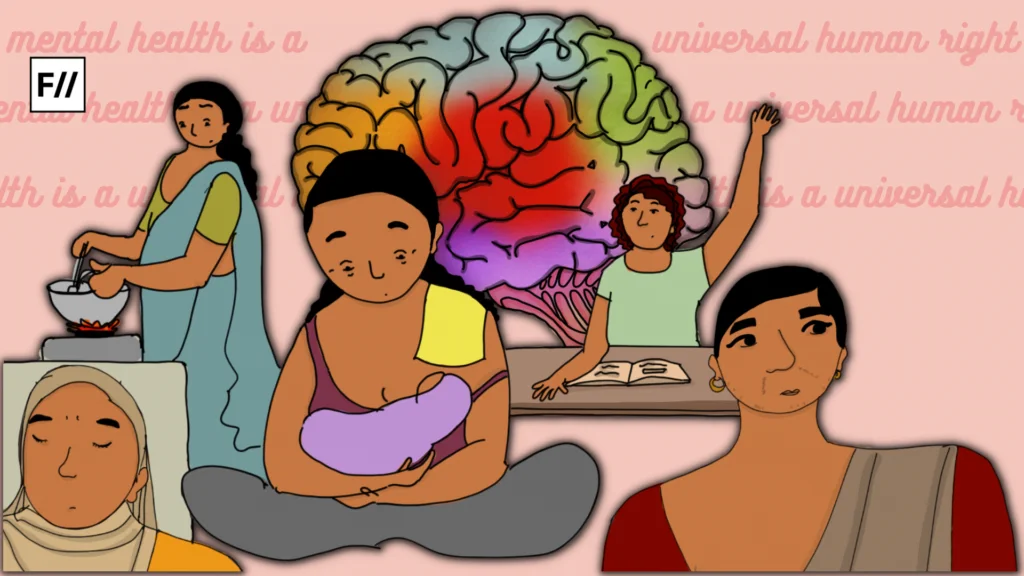
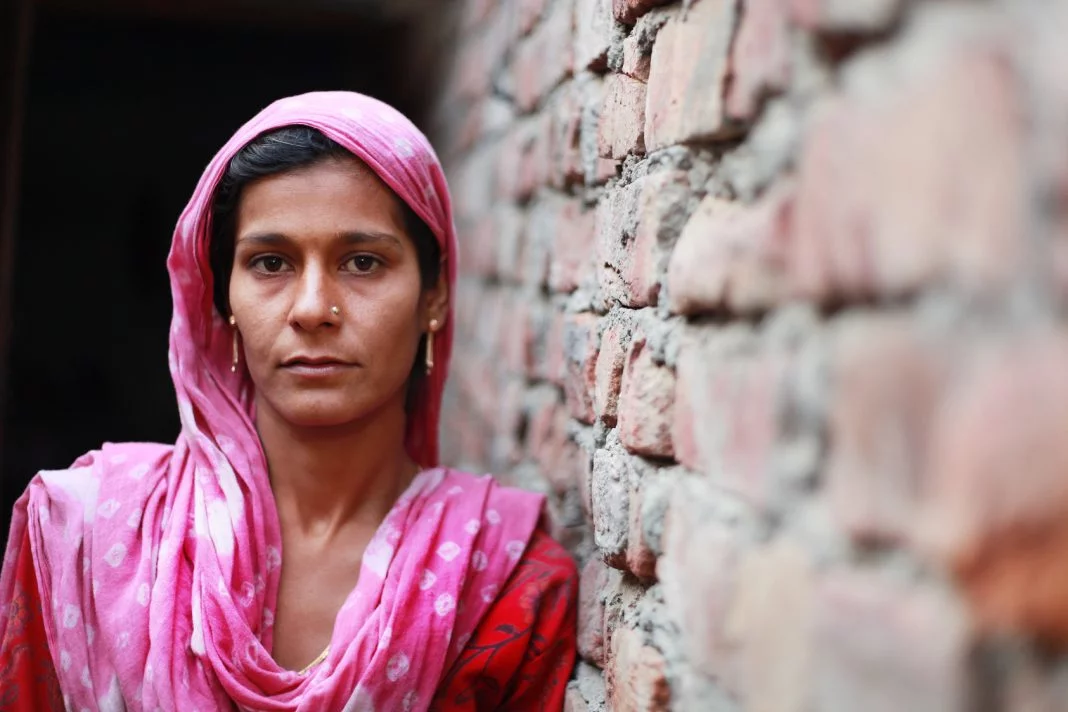


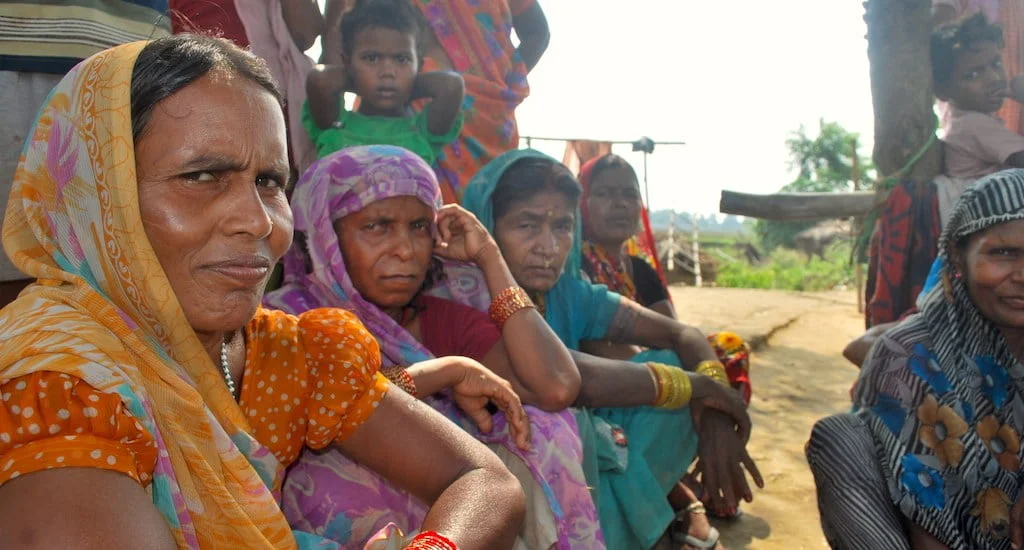

Liked your writing style.